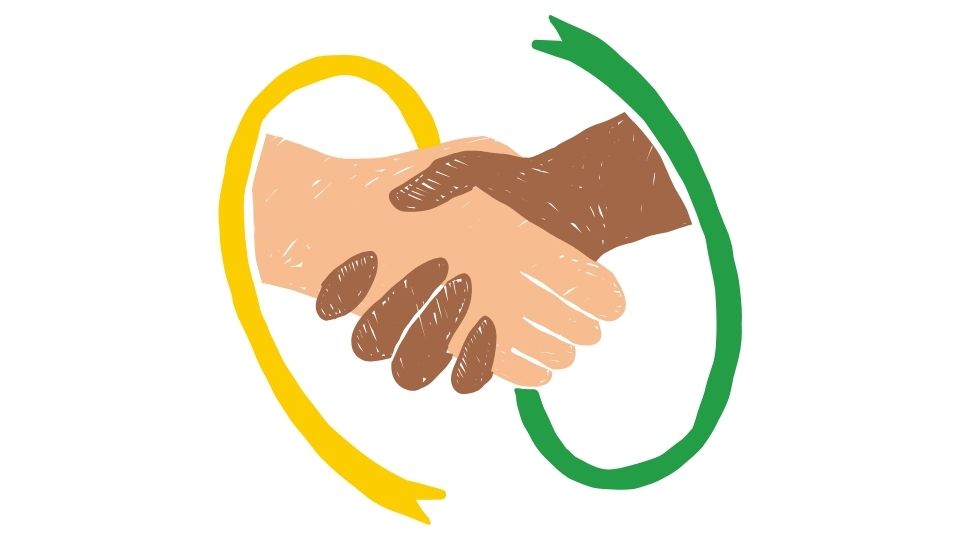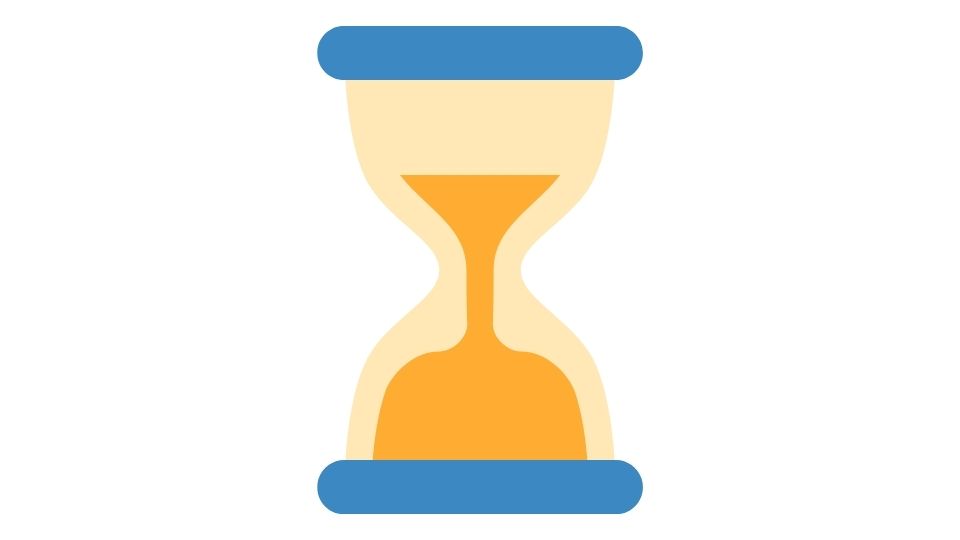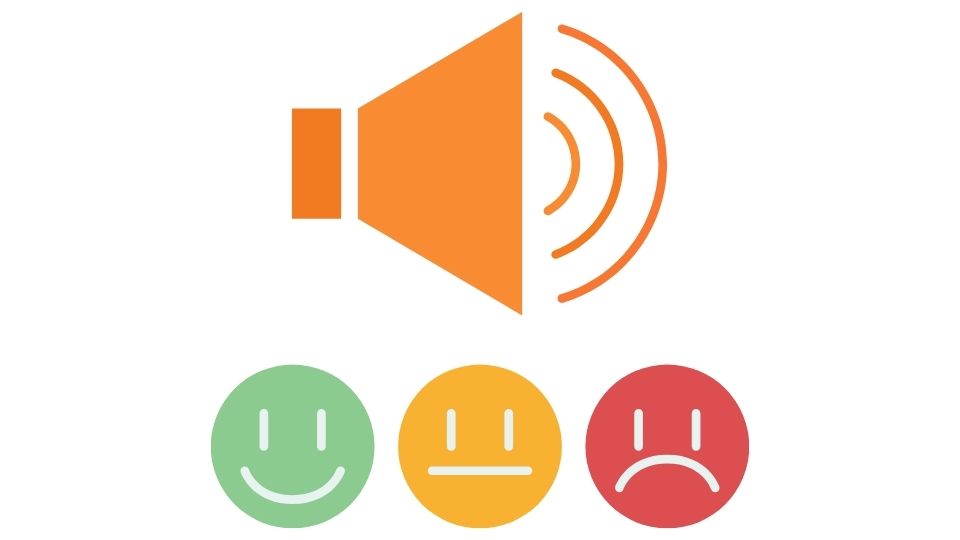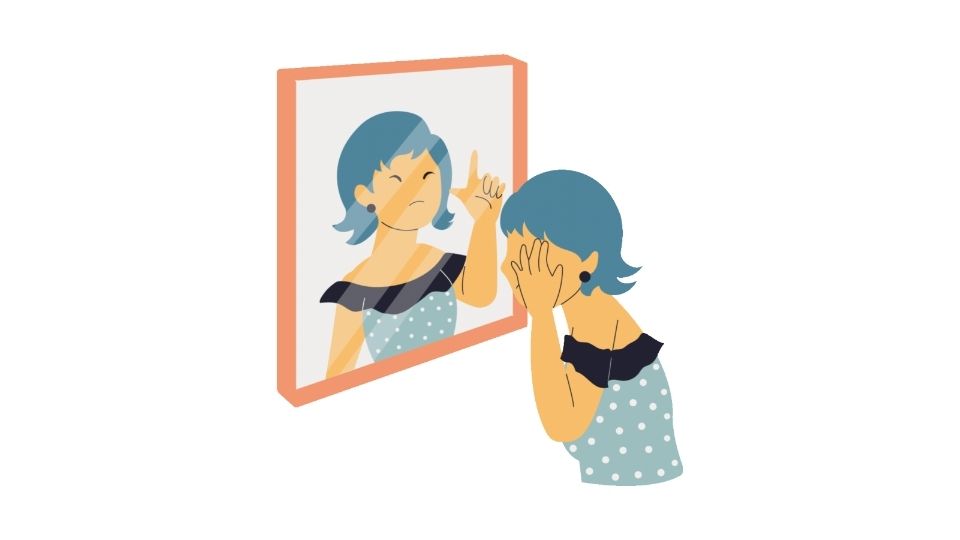What Does “302” Mean in Mental Health?

Have you ever been in a situation where a loved one’s mental health crisis left you feeling completely helpless?
Maybe you’ve watched them spiral into behaviors that put themselves or others at risk, and you’ve wondered, “What the heck can I do about this?”
Enter the mysterious “302” – a term thrown around in mental health circles that actually refers to a specific type of emergency psychiatric intervention.
Let’s unpack what this means, how it works, and what you need to know if you’re ever in the unfortunate position of needing to use it.
What Is a 302 and When Is It Used?
A 302 is Pennsylvania’s version of an involuntary psychiatric commitment – a legal process that allows someone to be temporarily hospitalized against their will when they’re in serious mental health crisis.
Think of it as the mental health equivalent of rushing someone to the ER when they’re having a heart attack, even if they’re insisting they’re “fine” and don’t need help.
The key difference? With physical health emergencies, the danger is obvious. With mental health, it’s more complicated.
The Four Must-Have Criteria for a 302

For someone to qualify for a 302 commitment, they need to check these boxes:
- Immediate danger to themselves or others due to mental illness
- Inability to care for themselves without supervision (not taking life-saving medications, refusing to eat/drink)
- Suicidal behavior or serious threats
- Self-harm with intent to end their life
Just being mentally ill isn’t enough. Just being “difficult” isn’t enough. The person must be in immediate danger because of their mental health condition.
As one community mental health guide explains, “The 302 process is designed as a last resort when all other options have failed.”
Who Can Request a 302? (Two Types of Petitioners)
There are two categories of people who can start this process:
Part A Petitioners (Regular Citizens)
- Anyone who has directly witnessed concerning behaviors
- Family members, friends, neighbors, coworkers
- Must get approval from county officials
- Think of these as “civilian” petitioners
Part B Petitioners (Professionals)
- Physicians
- Police officers
- County administrators
- Mental health professionals
- Don’t need the same level of approval
As a mental health professional training guide points out, Part B petitioners often have more authority in these situations because of their professional training.
How the 302 Process Actually Works

Let me walk you through what happens step-by-step:
Step 1: Filing the Petition
Someone (either Part A or B) files paperwork documenting the dangerous behavior they’ve witnessed.
Step 2: Getting Evaluated
If approved, the person is taken (often by police) to a designated facility for evaluation.
And yes, this can be traumatic for the person involved – being escorted by police when you’re already in crisis isn’t ideal. But in many cases, it’s the only way to ensure safety.
Step 3: The Doctor’s Decision
A physician evaluates the person and decides if they meet the criteria for involuntary commitment.
Step 4: Treatment Begins
If admitted, the person can be held for up to 120 hours (5 days) for stabilization and treatment.
According to the Mental Health Procedures Act, this initial period allows doctors to assess and begin treatment while protecting the person’s rights.
What Happens After the 5 Days?

This is where things get interesting.
If doctors believe the person needs more time, they can request a 303 hearing to extend treatment up to 20 more days.
The person gets legal representation, and a judge decides if continued treatment is necessary.
As research from mental health advocacy organizations shows, these processes vary by state, but they all aim to balance personal liberty with safety needs.
The Reality of 302s: Not Perfect, But Sometimes Necessary
Let’s be real – the 302 process isn’t perfect.
It can feel like a violation for the person experiencing it. It can create trauma. It might damage trust.
But sometimes, it’s the only way to keep someone alive long enough to get them the help they need.
I think of it like this: If someone is having a psychotic episode where they believe they can fly and are about to jump off a building, waiting for them to “agree” to treatment isn’t practical or humane.
The system exists to create a safety net when someone’s mental illness prevents them from recognizing they need help.
What To Do If You’re Considering a 302 For Someone

If you’re in the terrible position of considering this option:
- Exhaust all other options first – crisis teams, mobile mental health units, telehealth interventions
- Document everything – specific behaviors, threats, actions
- Consult professionals when possible
- Prepare for resistance – the person may be angry with you
- Remember your why – sometimes the most loving thing is the hardest thing
The most important thing to remember is that a 302 isn’t punishment – it’s emergency medical intervention when someone’s mental illness has compromised their ability to make safe choices.
In the world of mental health, sometimes the most compassionate action is also the most difficult.

